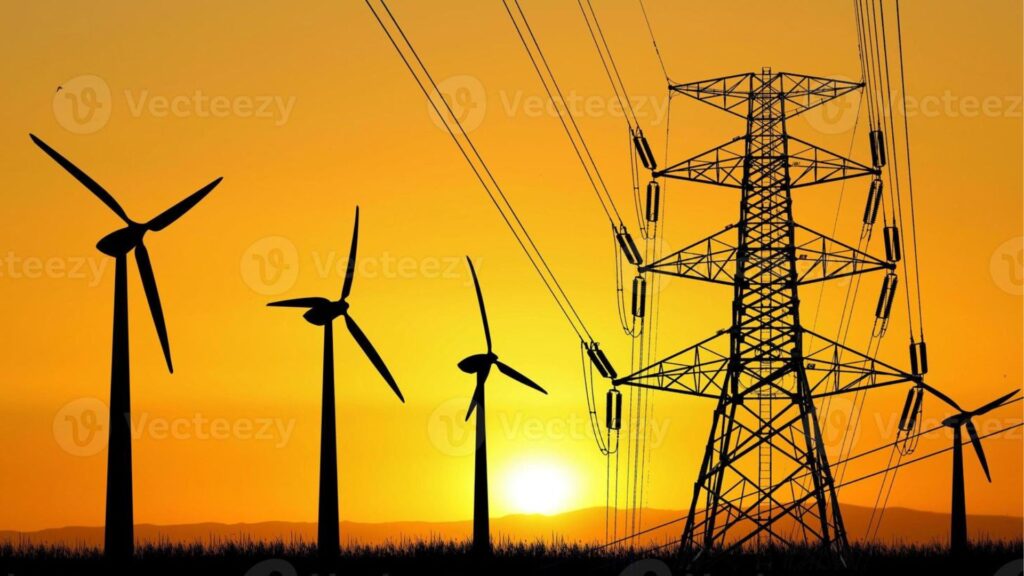India’s wind energy sector is making strategic investments in manufacturing capacity, technological innovation, and skill development to meet its ambitious goal of reaching 100 GW of wind power capacity by 2030, according to the Indian Wind Turbine Manufacturers Association (IWTMA).
As of March 2025, India has surpassed 50 GW of installed wind energy capacity, based on data from the Central Electricity Authority. The country’s wind energy growth is in alignment with its broader clean energy transition strategy.
“The Indian wind industry is fully aligned with the government’s clean energy vision. We are investing in capacity, technology innovation, and workforce development to achieve 100 GW of wind energy by 2030,” said Aditya Pyasi, CEO of IWTMA.
In a recent high-level discussion with the Ministry of New and Renewable Energy (MNRE), IWTMA presented its roadmap to scale up domestic manufacturing, boost job creation, and contribute to the ‘Make in India’ initiative. The industry currently boasts an annual domestic manufacturing capacity exceeding 18 GW for wind turbines and associated components.
Leading companies such as Suzlon, Nordex, Windar, Senvion, Envision, Siemens Gamesa, Flender, ZF Wind Power, Aditya Birla Advanced Materials, Vestas, GE Vernova, and Inox Wind are actively involved in producing key components like blades, nacelles, gearboxes, generators, and towers within the country.
This robust manufacturing base not only caters to the rising domestic demand but also positions India as a prospective global hub for wind energy equipment exports. The sector is also emerging as a significant source of employment.
Hiring in the renewable energy sector is projected to grow by 19% in FY25, with the wind segment expected to contribute substantially to job creation across manufacturing, installation, operations, and maintenance. IWTMA highlighted that over 55% of the workforce in the wind industry falls in the 26-35 age group, showcasing the sector’s appeal to young professionals.
India, currently ranked as the fourth-largest generator of renewable energy globally, relies on wind power to enhance grid reliability. Wind energy complements solar power by generating electricity during non-solar hours, thereby enabling stable and continuous green energy supply.
To unlock the full potential of the sector, IWTMA emphasized the importance of sustained policy support, regulatory simplification, and enhanced infrastructure and testing capabilities.
“With strong policy support and a future-ready industrial base, India’s wind industry is poised to power the next chapter of our green growth story. Wind energy is not just clean energy, it’s a national economic driver,” said Pyasi.

